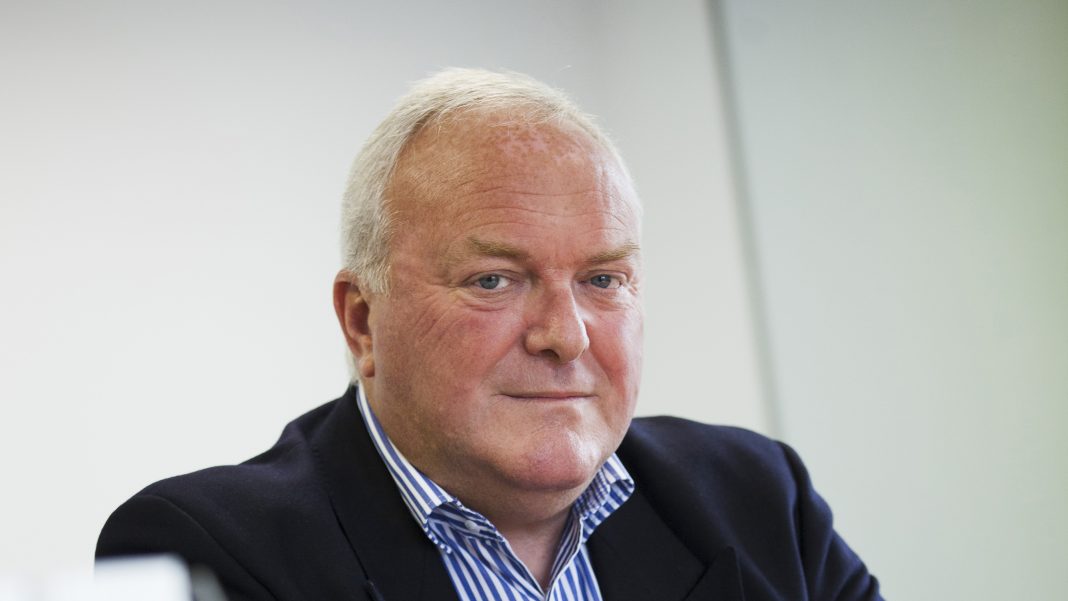From: Rob McGlennon, MD, Deceuninck
The Bank of England increased interest rates by a quarter of a percentage point to 5.25% at the beginning of August, in a bid to control the rate of inflation, which now stands at 6.8% (a drop from 7.9% the previous month).
It’s been almost two years since the cost-of-living crisis started to bite, and in that time we’ve seen energy bills rise, house prices fall, interest rates rise, inflation jump to double-digits, and wages stagnate – all fuelled in part by post-Covid disruption and a war in Ukraine.
It’s not a very positive picture is it? And if you were to run your business based on the doom and gloom that end up on the front pages of our daily papers, then you would have probably shut up shop months ago.
But you don’t, and you haven’t.
And there’s a good reason for that, which is that despite the negativity shared by other people, you are still in business, and the likelihood is that you are growing and have probably got vacancies that you need to fill.
I’m not going to be so naïve as to suggest that it has all been a bed of roses, but many of us in this industry have been around long enough to recognise that where market forces restrict the flow of work in one sector, they tend to open the tap in another. And we’ve seen that happen very noticeably over the last quarter.
The nation’s favourite canary in the mine is house prices, with every socio-economic group using it as a sign of ‘bad things to come’. And in recent months we’ve seen market activity stall and house prices start to drop.
Coupled with high interest rates, many see this as a sign that consumer confidence is faltering, and we should expect to see work dry up.
At the start of 2023, every leading economist was betting their own homes on the UK having entered recession halfway through Q4 2022. But we didn’t and, despite the efforts of some very gloomy commentators, we still aren’t.
So, take another look at the housing market, and you’ll find that where we have seen the market shift one way, opportunities have opened up in another. In a scenario supported by the latest Business Pilot Barometer, people looking to buy and sell in the £300K+ market are simply being savvy. Why buy a house worth £half-a-million today, when it could be worth £450K in six months’ time? And why saddle yourself with a mortgage pegged at 6% today, when it could have dropped to 5% in the same period?
These aren’t the thoughts of nervous investors looking to shore up losses, these are homeowners making sensible purchasing decisions.
Instead of moving, they are genuinely improving their existing homes, driving up the interest we’ve all witnessed over the last 12 months for higher value products.
If you’ve carried on making and installing the same standard products throughout this period, then I daresay you will have felt the pinch.
We shouldn’t ignore the elephant in the room: the withdrawal of Duraflex from the market. Let’s be honest, theirs was a model based on volume cost-effective white window work. Yes, there were other factors at play, but ultimately, the market no longer supports windows made, sold and installed solely on price.
And one reason is because buying habits have changed. Homeowners already know what they want to buy, and they have a very good idea of what it will cost them. You’re unlikely to win these guys over on price, instead you are going to have to compete on performance and aesthetics.
And this is reflected in the discussions we continue to have with new and existing customers, which centre very much on our Heritage Flush Casement Window, 30+ colourways from stock, and our secure UK-based supply.
While everyone waits for the bottom to fall out of the market, there are still opportunities if you have the right partners behind you.












